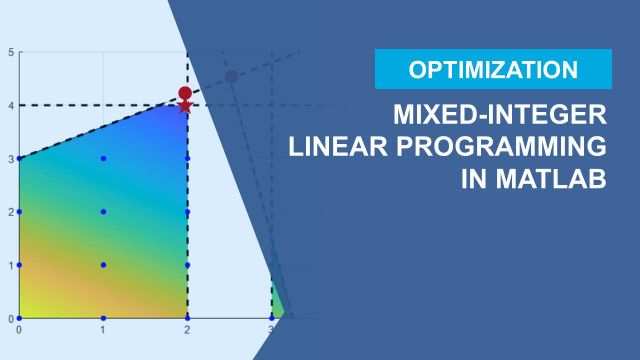What Is Prescriptive Analytics?
Prescriptive analytics is a branch of data analytics that uses predictive models to suggest actions to take for optimal outcomes. Forecasting the load on the electric grid over the next 24 hours is an example of predictive analytics, whereas deciding how to operate power plants based on this forecast represents prescriptive analytics.
Prescriptive analytics relies on optimization and rules-based techniques for decision making.
Optimization techniques such as linear programming, integer programming, and nonlinear programming play an important role in prescriptive analytics, since they enable a set of decisions to be made in an optimal way. These techniques are applied to a model, which represents the decisions to be made, constraints on the decisions, and an objective for comparing the decisions.
Prescriptive Analytics Example
Setting production and inventory levels to meet forecasted demand at sales locations is a prescriptive analytics problem solved by integer programming:
- The decisions are how much each factory should supply to each warehouse and which warehouses should serve which sales locations.
- The constraints are capacity limits and demand.
- The objective is a plan that minimizes cost.
Rules-based techniques including inference engines, scorecards, and decision trees are used in prescriptive analytics to make a decision such as choosing to shut down equipment for maintenance when sensor readings exceed thresholds, or accepting a financial transaction when its score is high enough.
Prescriptive analytics also includes consideration of uncertainty so that decisions are robust against a range of outcomes. Monte Carlo simulation is commonly used for this analysis.
Prescriptive analytics starts with data and ends with decisions. MATLAB® and its toolboxes enable all the steps between, from data acquisition, cleansing and exploration, and predictive and prescriptive modeling to deployment in enterprise systems.
To learn more, see the Optimization Toolbox™, Global Optimization Toolbox, and Statistics and Machine Learning Toolbox™.
Examples and How To
Software Reference
See also: predictive analytics, predictive maintenance, linear programming, integer programming, quadratic programming, nonlinear programming, genetic algorithm, multiobjective optimization, control systems, credit scoring
